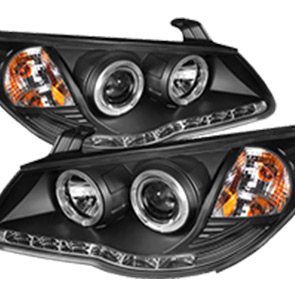Exploring the Dynamics of Push-Pull Mechanisms in Throttle Control Systems
Push-Pull Throttle A Comprehensive Overview
The mechanics of movement and control play a crucial role in various fields, from aviation to automotive engineering. Among the many controls available, the push-pull throttle system stands out due to its simplicity and effectiveness. This article delves into the intricacies of the push-pull throttle mechanism, exploring its operation, applications, and advantages.
Understanding Push-Pull Throttle Mechanism
At its core, a push-pull throttle mechanism is designed to regulate the speed and power output of a machine or vehicle. The term throttle refers to a device that controls the flow of fuel or air into an engine, thereby influencing its performance. The push-pull throttle operates based on a straightforward principle pushing the throttle lever increases power, while pulling it back decreases power.
The mechanical design typically consists of a lever attached to a cable that connects to the engine's throttle valve. When the driver or operator pushes the lever forward, the cable pulls the throttle valve open, allowing more air/fuel mixture to enter the engine, which results in increased power and speed. Conversely, pulling the lever back reduces the airflow and fuel supply, slowing the vehicle down.
Applications of Push-Pull Throttle Systems
Push-pull throttle systems are widely utilized across various applications, particularly in
1. Aviation In general aviation aircraft, pilots often use a push-pull throttle to manage engine power during flight. This system allows for precise adjustments, which are essential during takeoff, landing, and in-flight maneuvers.
2. Automobiles Many classic and modern vehicles employ push-pull throttle mechanisms in their design. This system provides drivers with an intuitive interface that enhances the driving experience.
push pull throttle

3. Motorcycles and Scooters Two-wheeled vehicles commonly use push-pull throttles for throttle control due to their compact and effective design. This gives riders easy access to speed control, crucial for safety and maneuverability.
4. Maritime Applications Boats often use this throttle mechanism for controlling engine speed, allowing for smooth acceleration and deceleration while navigating through water.
Advantages of Push-Pull Throttle Systems
One of the primary advantages of push-pull throttle systems is their simplicity. The direct connection between the lever and the throttle valve minimizes the risk of mechanical failure, making it a reliable choice for various applications. Furthermore, this system typically requires less maintenance than more complex electronic throttle control systems.
Another significant advantage is user-friendliness. The push-pull action is easy to understand, allowing operators to make quick adjustments without needing extensive training. This simplicity enhances safety, especially in high-pressure or emergency situations, where rapid response is essential.
Moreover, the mechanical nature of the push-pull throttle allows for a tactile feedback experience. Operators can feel the changes in resistance and engagement, which helps in developing a better sense of control over the vehicle's performance.
Conclusion
The push-pull throttle system remains a vital component in the realm of engine control, providing an effective means of managing speed and power across various applications, from aviation to automotive engineering. Its straightforward design, reliability, and ease of use make it a preferred choice for many operators. As technology continues to evolve, the push-pull throttle may face competition from more advanced systems, but its mechanical simplicity and effectiveness ensure that it will remain a fundamental aspect of engine management for years to come.
-
Upgrade Your Control with Premium Throttle CablesNewsAug.08,2025
-
Stay in Control with Premium Hand Brake CablesNewsAug.08,2025
-
Experience Unmatched Performance with Our Clutch HosesNewsAug.08,2025
-
Ensure Safety and Reliability with Premium Handbrake CablesNewsAug.08,2025
-
Enhance Your Vehicle with High-Performance Clutch LinesNewsAug.08,2025
-
Elevate Your Ride with Premium Gear CablesNewsAug.08,2025
